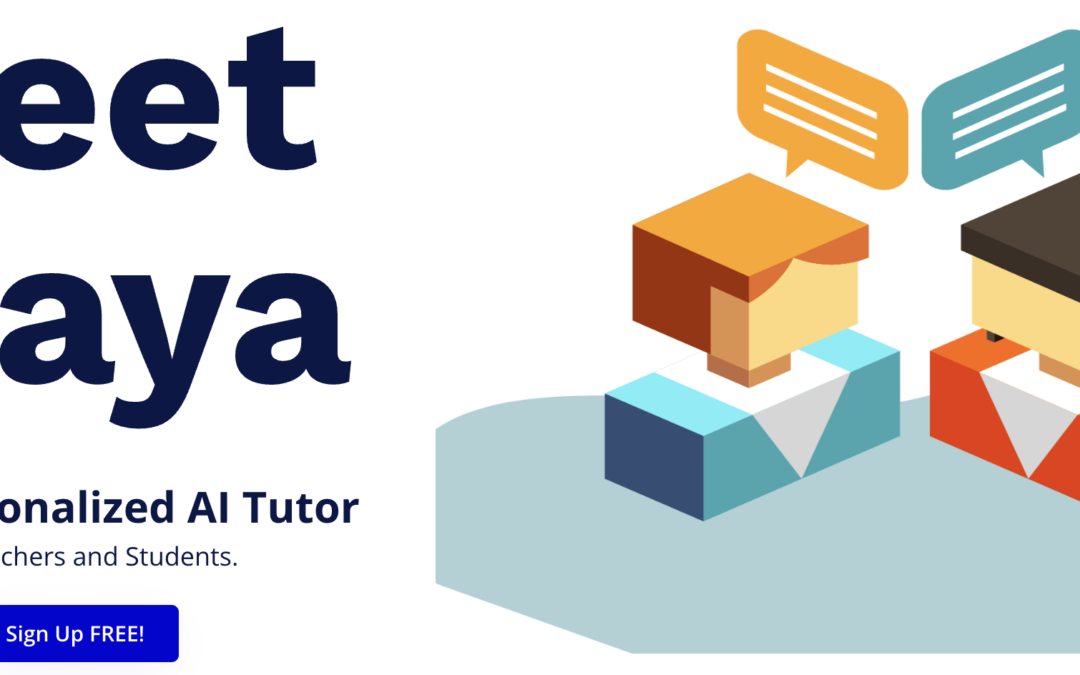
🚀 Shaping the Future of Education: Be a Part of the Maya Revolution!
Shape the Future of Education: Be a Part of the Maya Revolution!
Dear Educators and Teachers,
I trust this post finds you well and still passionate about the amazing journey of nurturing young minds. 📚 We have come a long way in providing Quality AI Education for Teachers & Students globally.
Today, I want to introduce you to something truly exciting – Maya. 🌟
Maya is more than just a tool; it’s an educational revolution.
As an educator, you know the challenges that students and teachers face in today’s ever-changing world. Sometimes, complex subjects can be difficult to explain, and crafting engaging study material, lesson plans, and assessments can be time-consuming. That’s where Maya steps in.
Awesome features to shape the future of education:
🧠 Simplify Learning: Maya can explain complex topics in simple, understandable language. It brings learning within reach for students, making knowledge accessible to all.
👩🏫 Teaching Assistant: Maya isn’t just a platform; it’s your personal teaching assistant. It helps you create assessments, study plans, lesson plans, and even generates questions, saving you valuable time.
📚 Unlimited Resources: Imagine accessing a wealth of study material, lesson plans, and learning tools instantly. With Maya, the resources are endless.
🔒 Privacy Matters: We understand that privacy is paramount. Rest assured, your data is private, and you won’t find ads, gimmicks, or hidden fees with Maya.

But here’s the most exciting part – you have the opportunity to be part of something incredible. We’re on the lookout for educators and teachers who are passionate about education and want to make a real difference.
Beta Test Maya and help shape the future of education
You can be a part of the Maya revolution by becoming a beta tester.
By joining our exclusive beta testing community, you will play a pivotal role in shaping Maya’s future. Your experience as an educator is invaluable, and your insights are precious.
Ready to shape the future of education with us?
Let’s redefine education together. Let’s empower students. Let’s shape the future.
Are you in? If you have any questions or need more information, please don’t hesitate to reach out. We’re here to support you.
Thank you for your dedication to education. 🍎
Best regards,
Chandra Kumar
Founder & CEO
#Maya #Education #EdTech #Teachers #Educators #BetaTesting #LearningRevolution #ai #artificialintelligence #students #learning

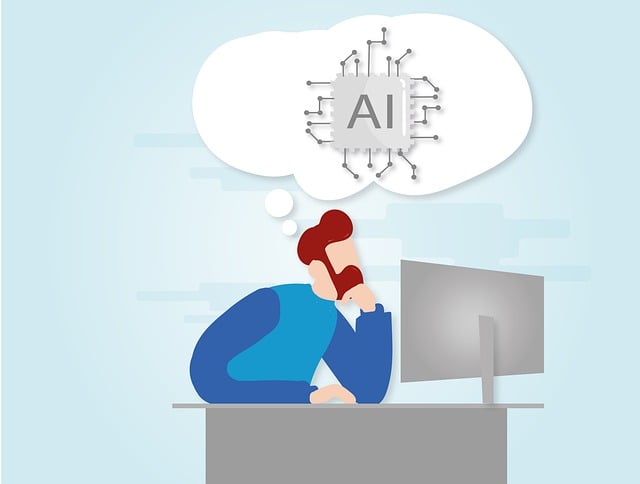
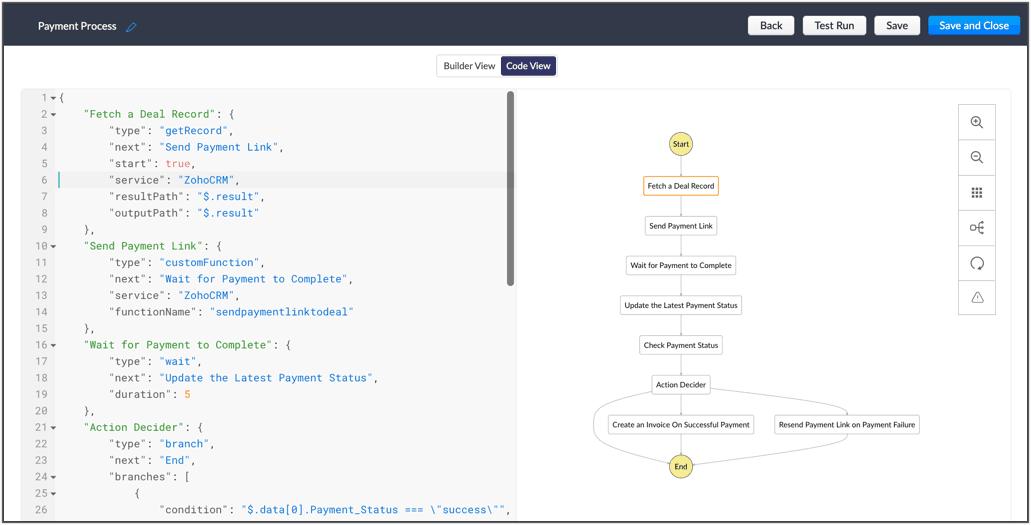
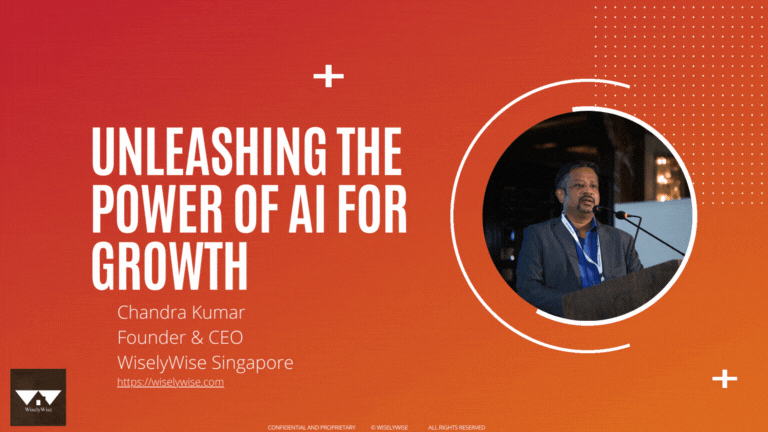
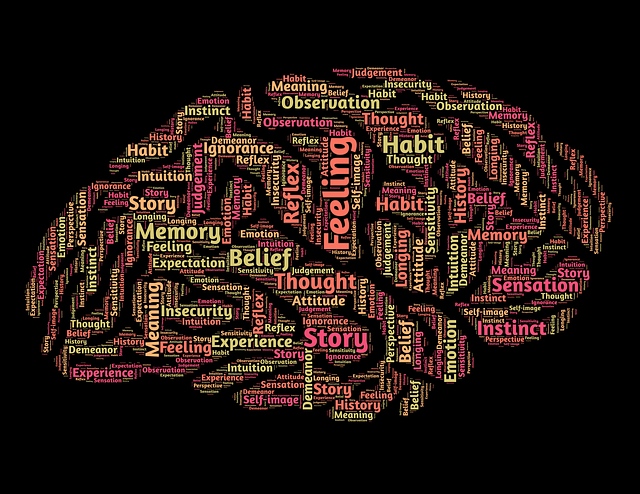
Recent Comments